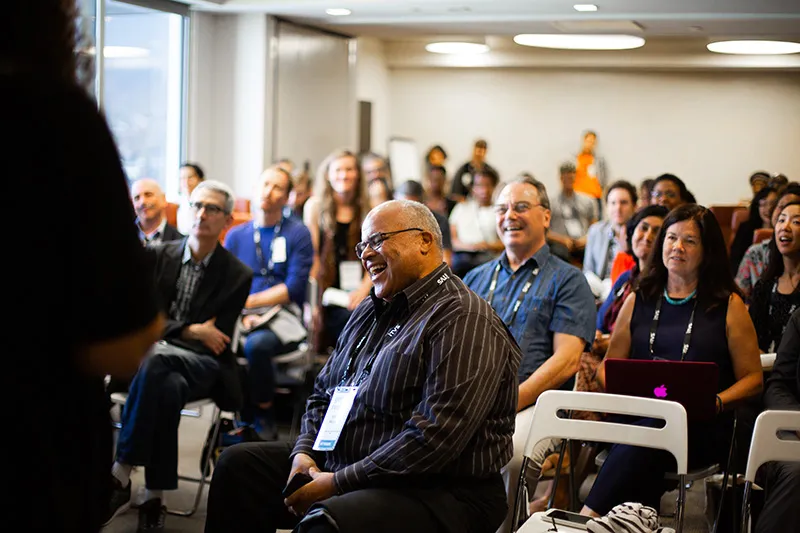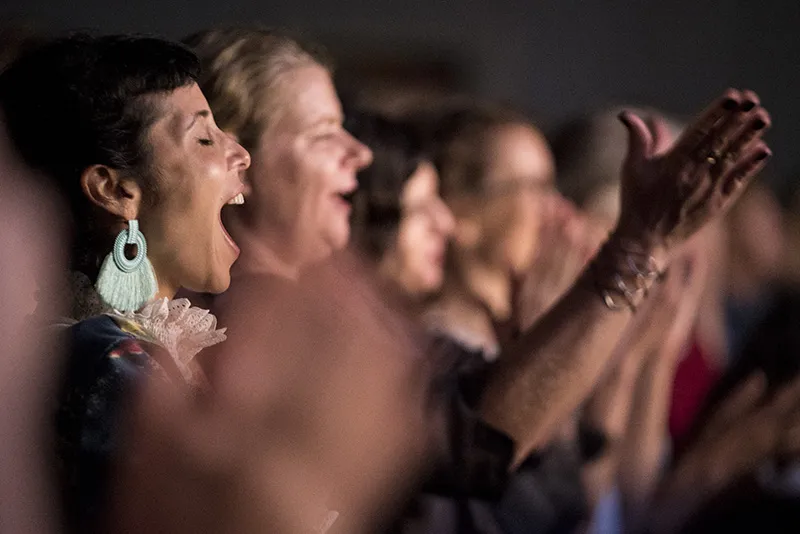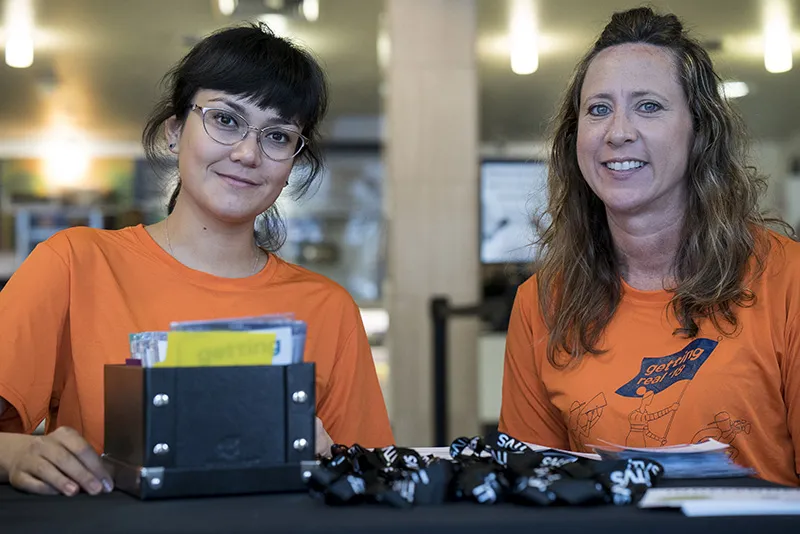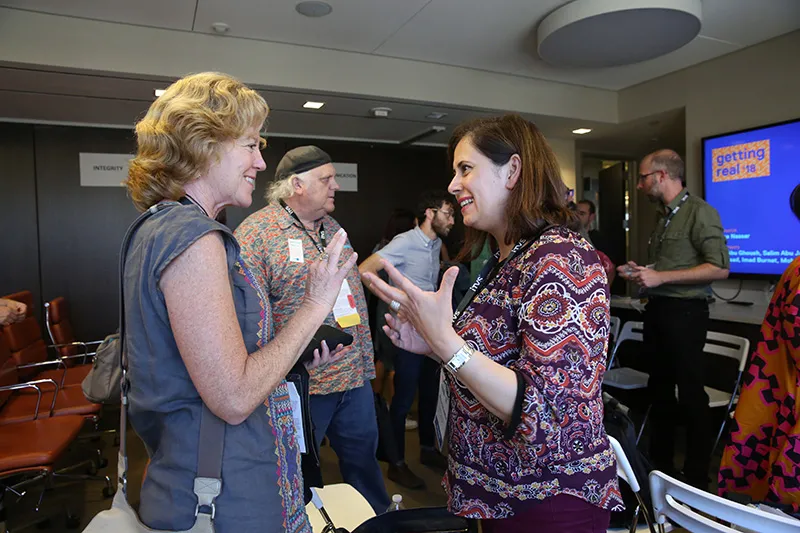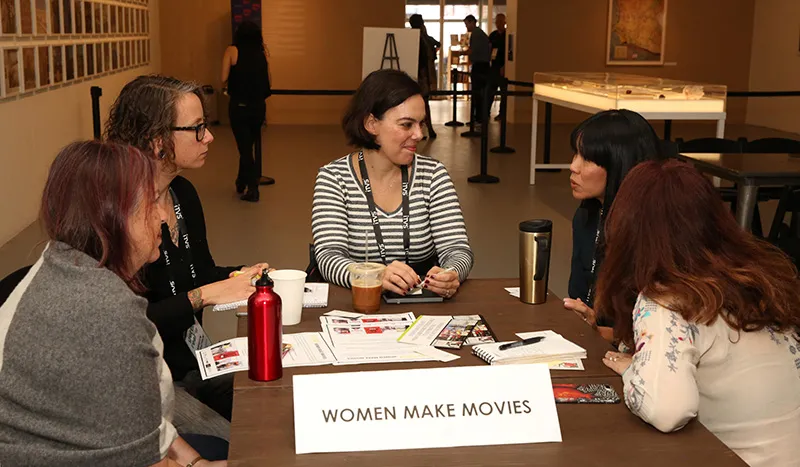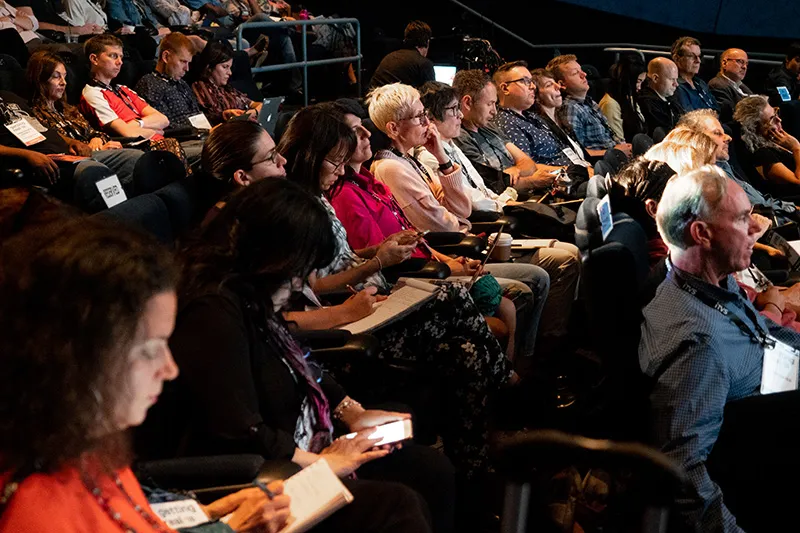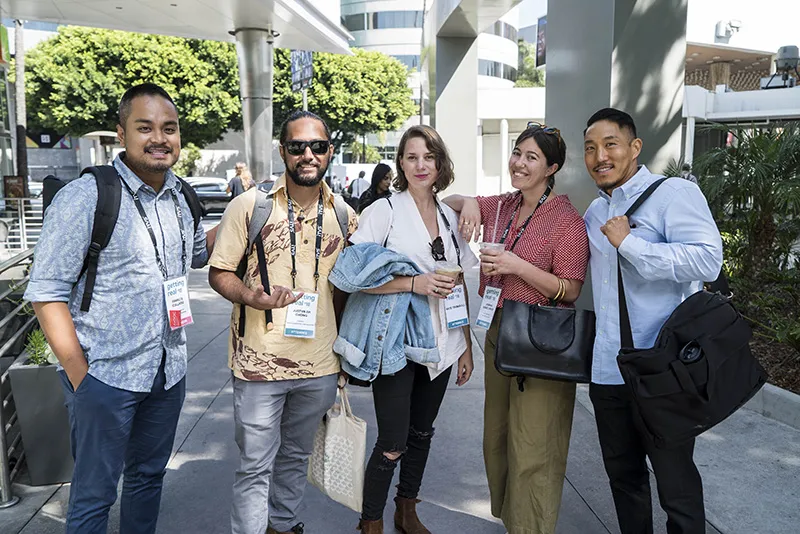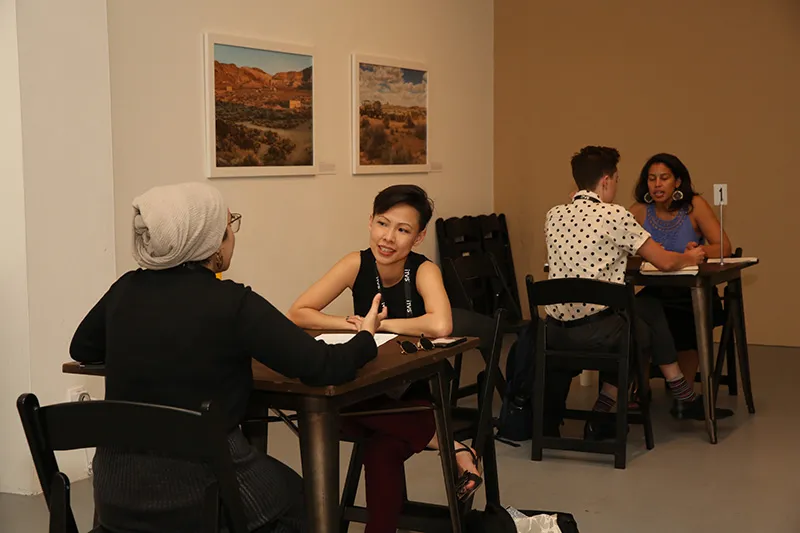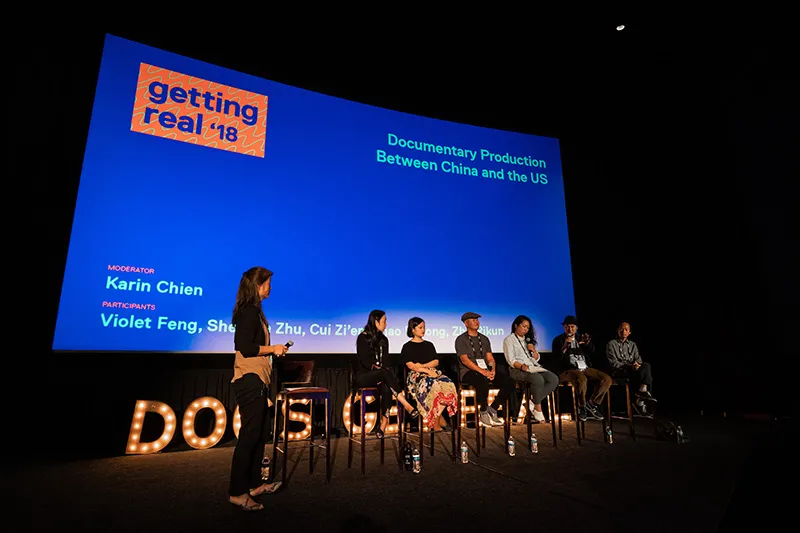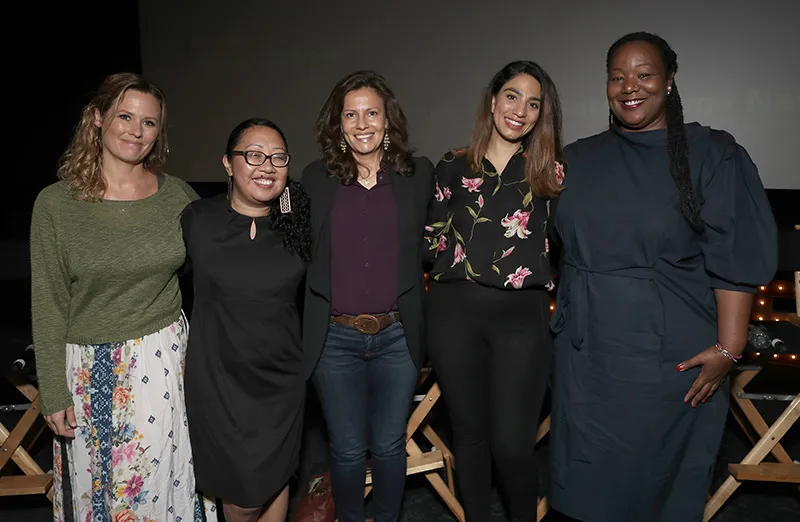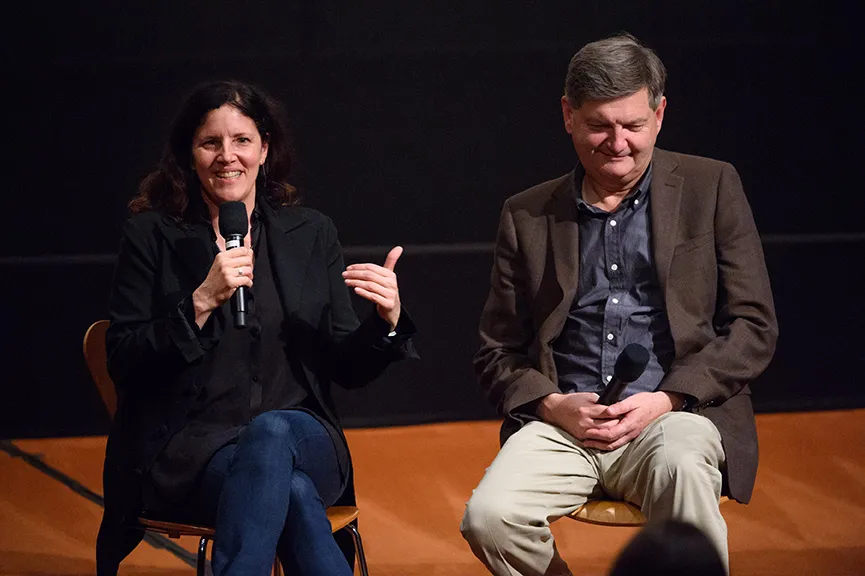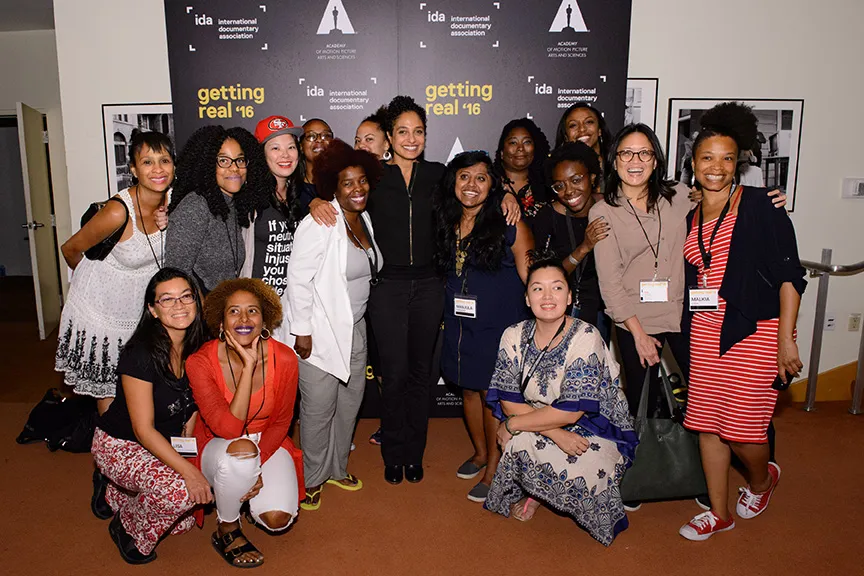Getting Real 2020 Documentary Film Conference
Thank you for getting real with us!
We're grateful that over 3,000 documentary professionals from 54 countries joined us for our first virtual conference. Getting Real would not be possible without the continued support from our members, panelists, funders, sponsors, and community partners.
Help us give thanks to the whole team that helped bring #docsgetreal to life: the IDA staff, board, production partner, accessibility consultants, ASL interpreters, breakout session organizers, and filmmaker advisors.
With your help, we raised $18,070 in total for A-Doc (Asian American Documentary Network), BADWest, Black Documentary Collective, Brown Girls Doc Mafia, FWD-Doc (Documentary Filmmakers with Disabilities), and Undocumented Filmmakers Collective; as well as $5,980 in scholarships for NextDoc Fellows to attend the next in-person Getting Real.
Please consider making a donation to IDA or becoming an IDA member so that we can continue to serve our global community with free or low-cost events.
Catch up on what you missed
The IDA communications and editorial team is covering many conference sessions in addition to videos and transcripts.
Follow the Getting Real content feed for the latest publications!
Find recordings of main stage programming on our Youtube
Access. Power. Possibility.
-
As documentarians, we often talk about “access” to a story. Access is everything. But access to money, racial privilege, physical spaces, geography, digital connection and ways of communicating have long been barriers for too many storytellers. Simultaneously, access to technologies, platforms, support networks, social movements and innovation in form have been an incredible source of strength and artistry.
-
The power imbalances in our documentary ecosystem—between funder and funded; industry insiders and emerging voices; BIPOC communities and white people; curator and applicant; those with a camera and those without; storyteller and audience—must be discussed openly as we chart an ethical path into the future. Along the way, we must recognize and harness the incredible power of the documentary form and of stories that fuels movements.
-
We can imagine the possibilities for an expanded documentary ecosystem. Together, during Getting Real, let us commit to the challenging and joyful work of defining what that looks like, and planning on how to make it happen, both on-screen and off.
Keynotes
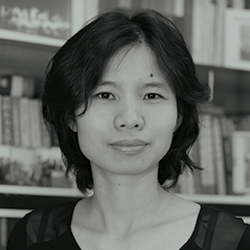 |
||
Maria Agui Carter |
Sam Feder |
Zeng Jinyan |

